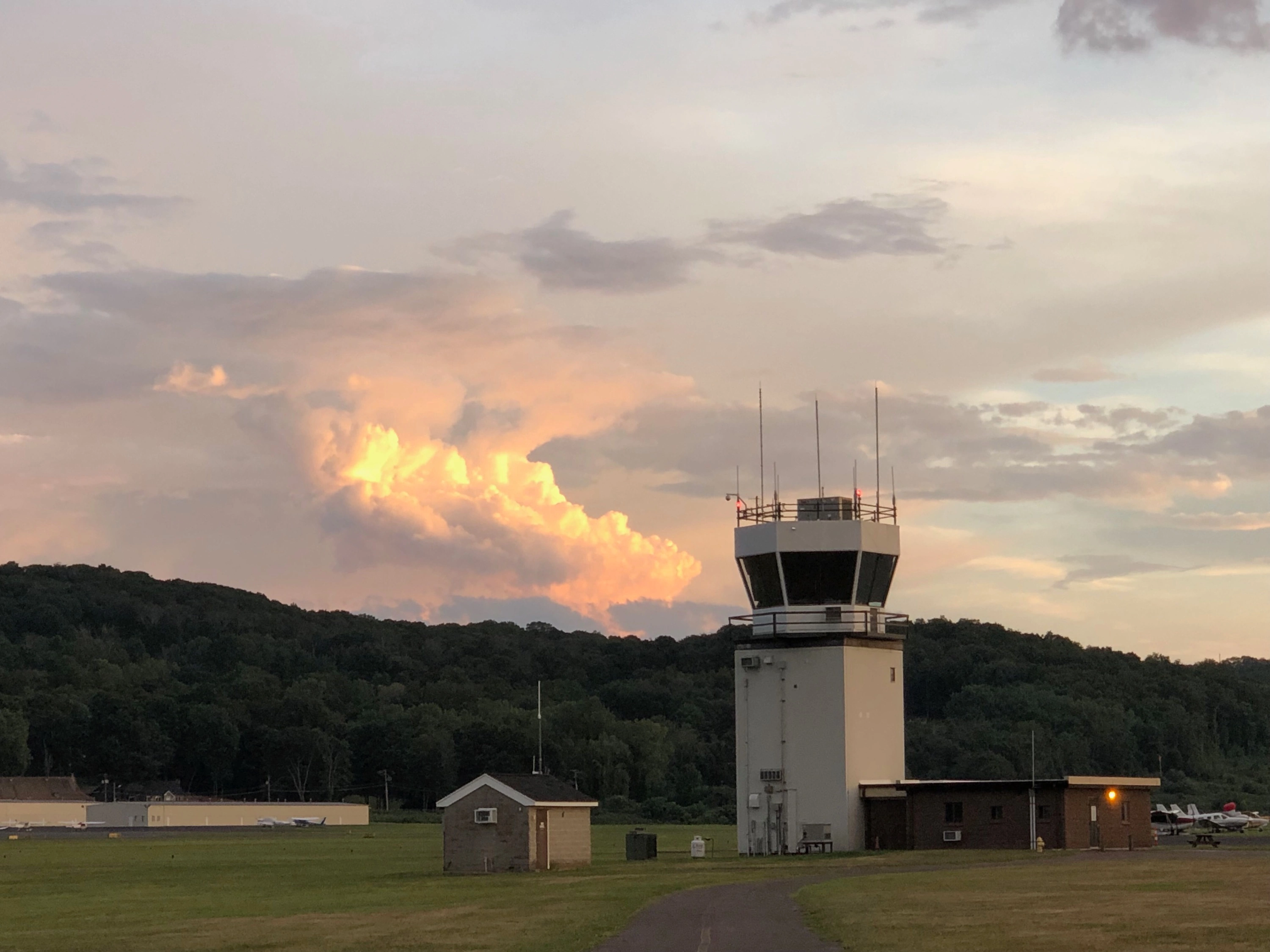How Air Traffic Control Is Evolving

Air traffic control plays a critical—but often invisible—role in the safety and efficiency of global aviation. Every takeoff, landing, and route adjustment depends on skilled professionals working behind the scenes to manage increasingly complex skies. As aviation continues to evolve, so too does the air traffic control industry.
From Radar Screens to Satellite Systems
For decades, controllers relied on ground-based radar and voice communications to guide aircraft. Today, the National Airspace System (NAS) is undergoing a dramatic transformation. With the rollout of NextGen technologies, satellite-based navigation and digital communications are becoming the new norm. These tools reduce delays, optimize routing, and improve fuel efficiency—but they also require new skills, systems, and training protocols.
Integrating Drones and Commercial Spaceflight
The skies are no longer just for commercial jets and military aircraft. Unmanned aerial systems (UAS)—ranging from hobby drones to large delivery vehicles—are becoming more common. At the same time, commercial space launches are increasing in frequency and complexity. Air traffic control professionals are now tasked with safely integrating these new entrants into shared airspace without disrupting traditional aviation.
A Global Shift Toward Contractor-Operated Towers
In many regions, non-federal entities are now managing air traffic control operations—particularly at smaller airports and military installations. These contractor-operated towers bring flexibility and cost-efficiency while maintaining strict adherence to FAA and DOD standards. This shift has expanded the career landscape for ATC professionals while supporting operational coverage across the country and overseas.
The Workforce Challenge
One of the biggest pressures facing the industry today is a looming controller shortage. With a large portion of the current workforce nearing retirement and training pipelines facing bottlenecks, there’s an urgent need to recruit, train, and retain qualified professionals. Attracting the next generation of controllers—who are equally comfortable with both analog decision-making and digital tools—will be essential to maintaining the safety and performance of the airspace system.
What Comes Next
As automation, AI, and advanced air mobility (AAM) technologies continue to develop, air traffic control will remain a human-centered field. New tools can enhance situational awareness, but they can’t replace the judgment, calm, and communication that controllers bring to the job.
Aviation is entering a new era—and air traffic control is at the heart of it. By embracing change while holding firm to the principles of safety and precision, the industry can continue guiding aircraft—and the people aboard them—safely through the skies.
